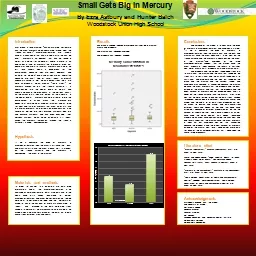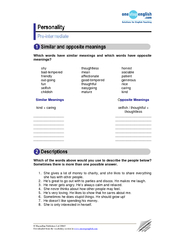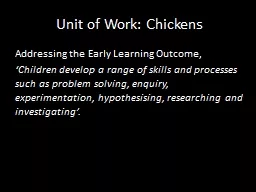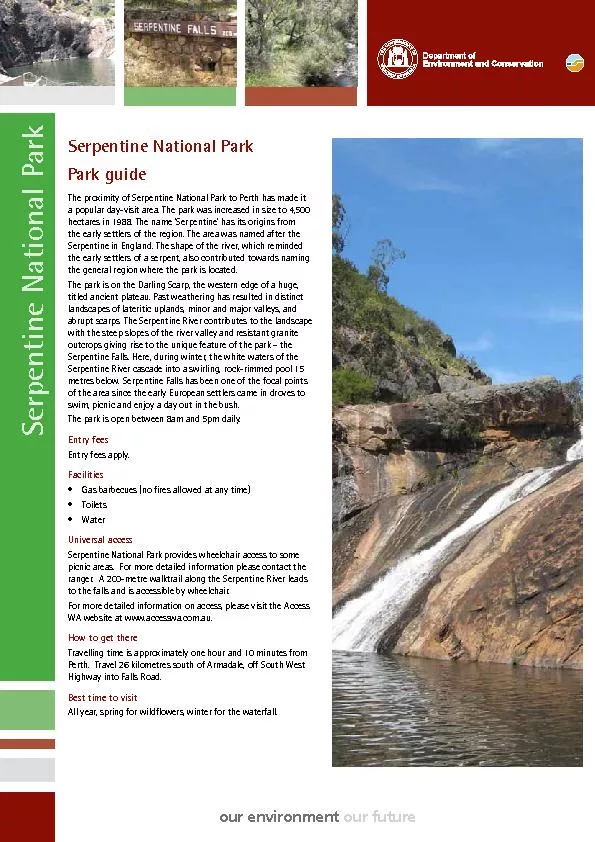PPT-Introduction Our group is researching, “Which
Author : tatiana-dople | Published Date : 2018-11-03
macroinvertebrate has the most mercury when compared throughout the trophic pyramid Macroinvertebrates are insects without a backbone that can be seen with the
Presentation Embed Code
Download Presentation
Download Presentation The PPT/PDF document "Introduction Our group is researching, �..." is the property of its rightful owner. Permission is granted to download and print the materials on this website for personal, non-commercial use only, and to display it on your personal computer provided you do not modify the materials and that you retain all copyright notices contained in the materials. By downloading content from our website, you accept the terms of this agreement.
Introduction Our group is researching, “Which: Transcript
Download Rules Of Document
"Introduction Our group is researching, “Which"The content belongs to its owner. You may download and print it for personal use, without modification, and keep all copyright notices. By downloading, you agree to these terms.
Related Documents












![[DOWNLOAD] Food Fix: How to Save Our Health, Our Economy, Our Communities, and Our Planet--One](https://thumbs.docslides.com/882628/download-food-fix-how-to-save-our-health-our-economy-our-communities-and-our-planet-one-bite-at-a-time.jpg)

